Parry’s Agave: The Desert Survivor’s Ultimate Guide
Have you ever wondered about a plant that can withstand extreme conditions while looking absolutely stunning? Meet Parry’s agave – nature’s ultimate desert warrior!
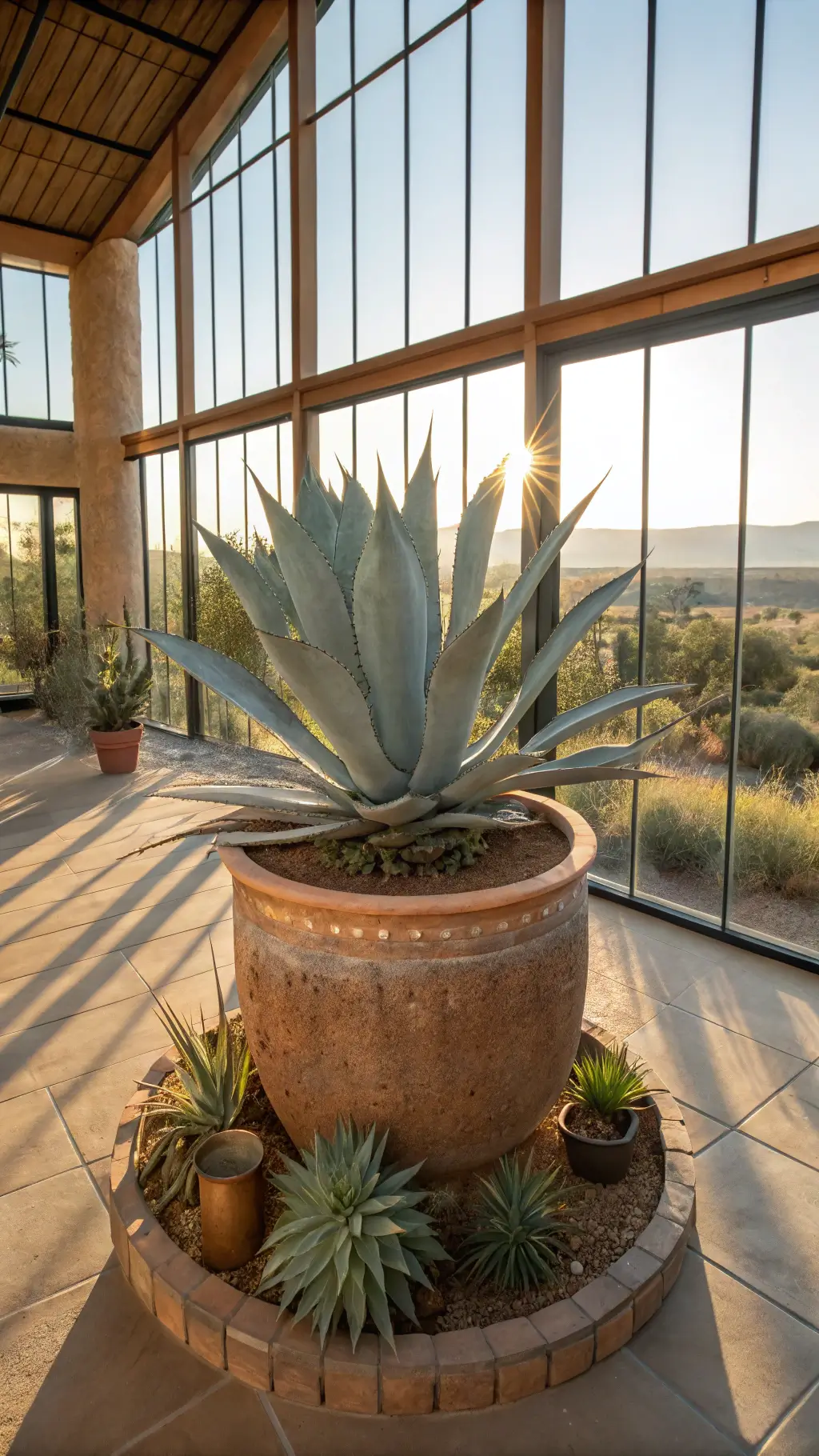
What is Parry’s Agave?
Parry’s agave (Agave parryi) is a remarkable succulent native to the southwestern United States and northern Mexico. This tough-as-nails plant is more than just a pretty face in your garden – it’s a survivor with serious botanical credentials.
Key Physical Characteristics
Appearance Highlights:
- Gray-green to blue-gray rosette formation
- Thick, rigid leaves measuring 7-20 inches long
- Spiny leaf margins with a wicked sharp terminal spine
- Mature size: 2 feet tall and 2-3 feet wide
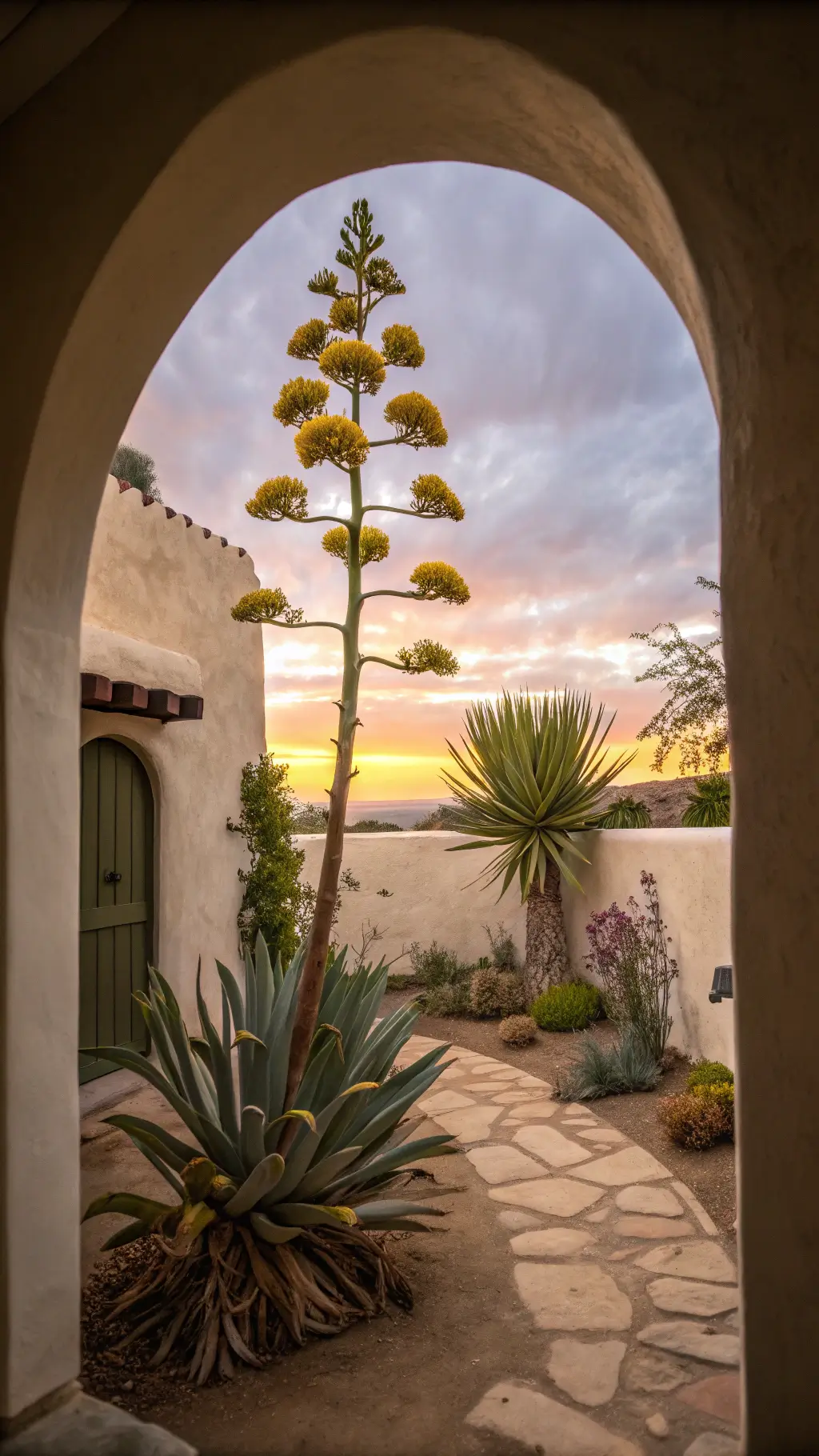
The Slow and Steady Growth Process
Unlike many plants that race to maturity, Parry’s agave takes its sweet time. We’re talking 10-30 years before this botanical beauty reaches full flowering potential. Talk about patience!
Growing Conditions that Make It Thrive
Perfect Environment Checklist:
- Full sun exposure
- Well-draining soil
- Minimal water requirements
- Cold tolerance down to 0°F (-18°C)
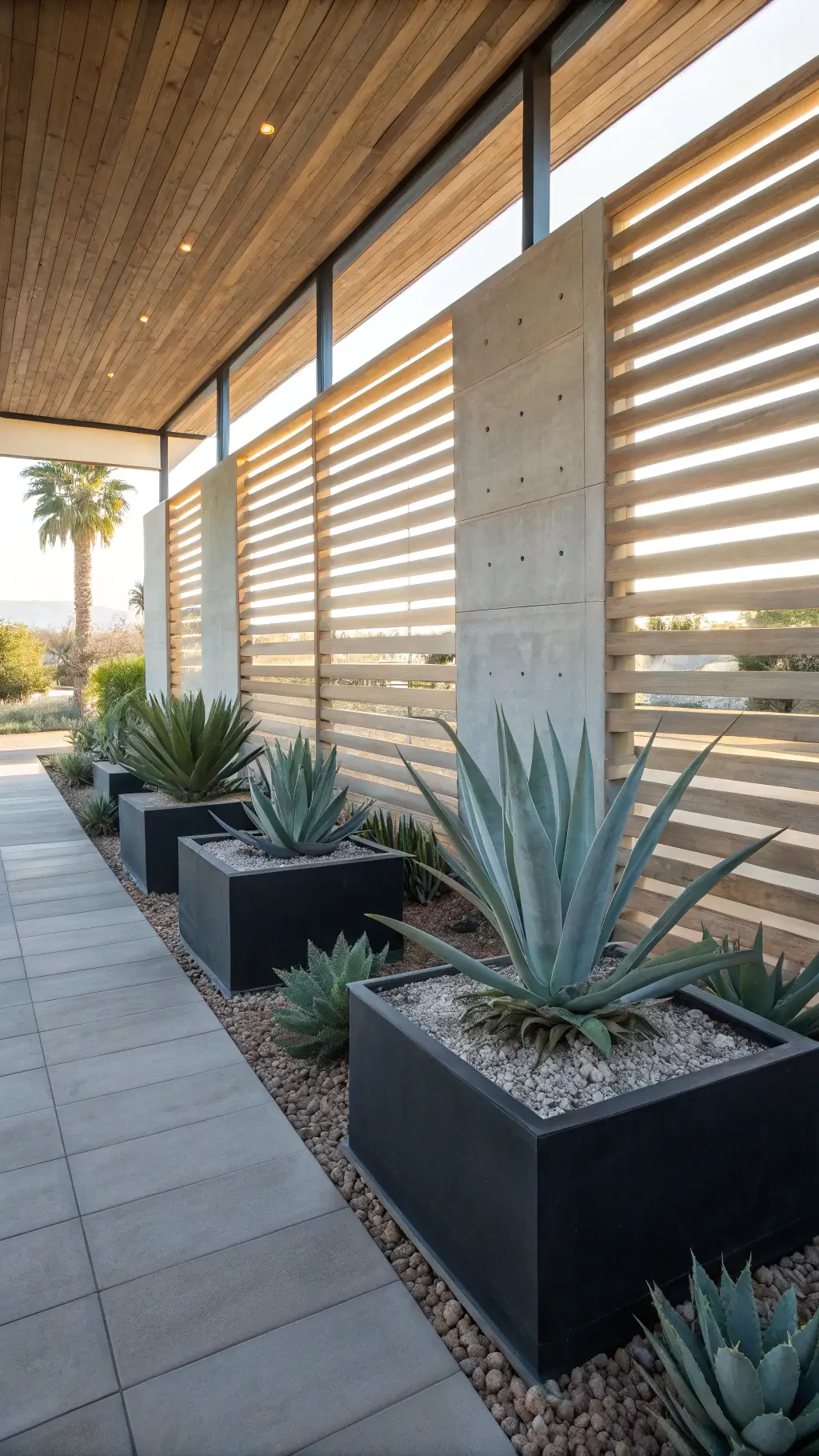
The Spectacular Flowering Finale
When this agave decides to flower, it goes ALL OUT. Imagine a 10-20 foot tall flowering stalk erupting from the center of the rosette, decorated with 20-30 side branches sporting clusters of yellow flowers.
Pro Gardener Tip: The plant technically dies after flowering, but it’s not game over! Offsets (baby plants) ensure the genetic legacy continues.
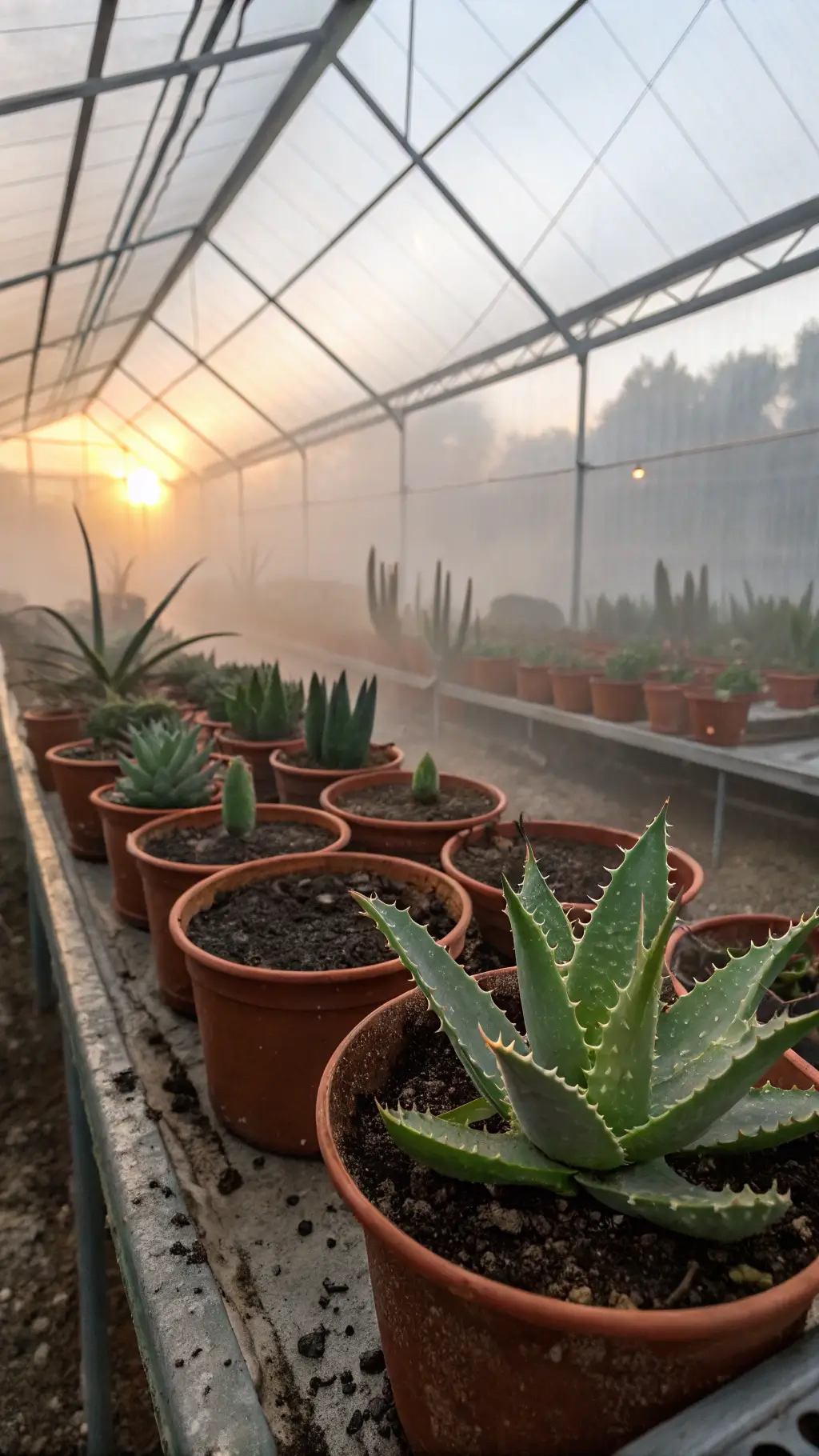
Cultural and Practical Uses
Parry’s agave isn’t just a pretty plant – it’s a multipurpose marvel:
Traditional Uses
- Native American food source
- Fiber production
- Natural soap making
- Medicinal applications
Modern Applications
- Xeriscaping hero
- Rock garden centerpiece
- Alcoholic beverage production (pulque and mescal)
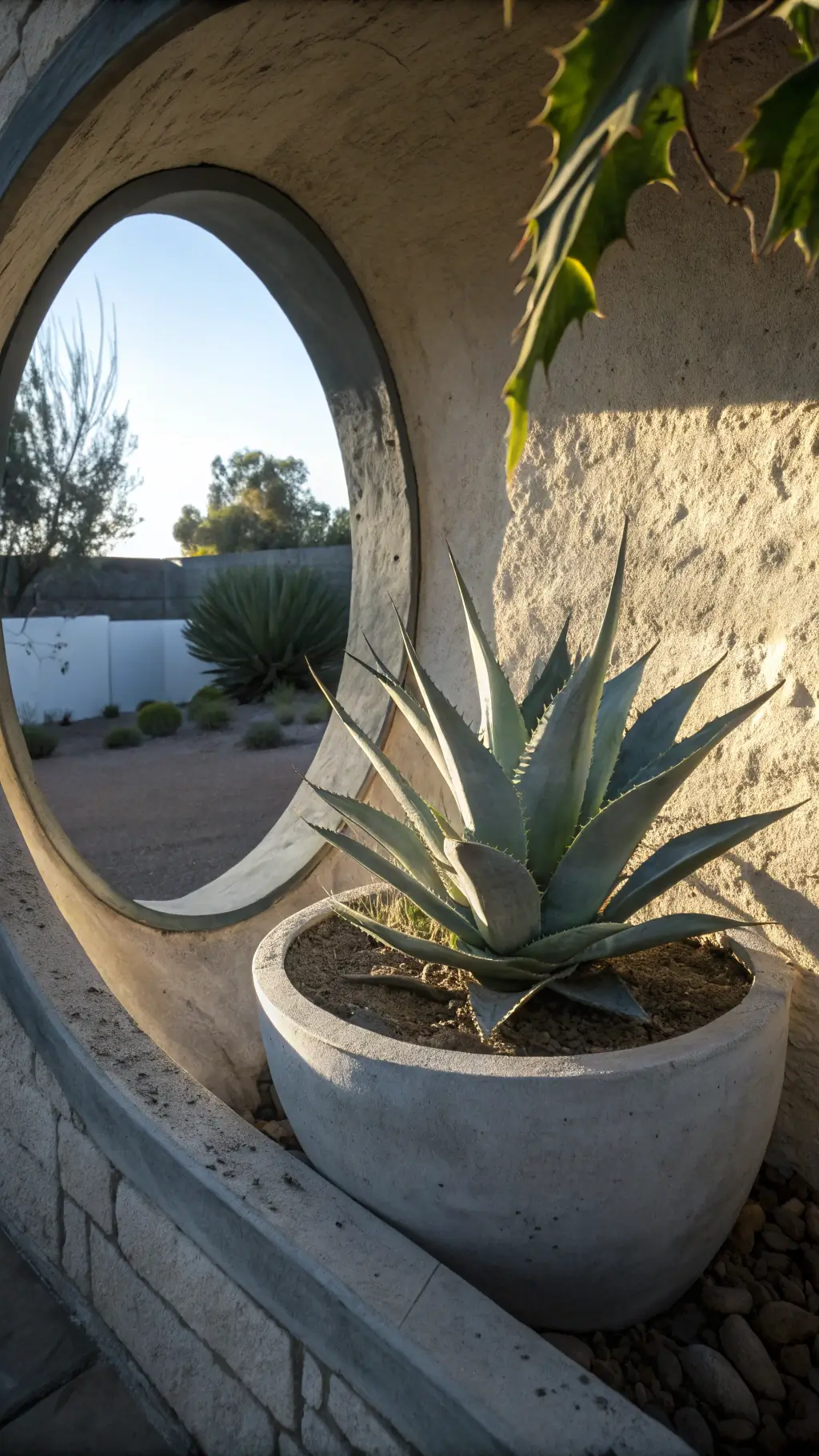
Cultivation Tips for Success
Propagation Methods:
- Remove and replant offsets
- Sow seeds directly
- Provide ample spreading space
Caution: Watch out for agave snout weevils – these little pests can cause serious damage!
Why Choose Parry’s Agave?
This plant is the ultimate low-maintenance, high-impact landscape solution. Its architectural form, incredible drought tolerance, and cold hardiness make it a superstar in desert-style gardening.
Quick Care Guide
- Minimal watering
- Full sun placement
- Well-draining soil
- Occasional offset management

Final Thoughts
Parry’s agave proves that beauty and resilience can coexist in the plant world. Whether you’re a seasoned gardener or a landscaping newbie, this southwestern gem deserves a spot in your outdoor space.
Remember: In the world of plants, sometimes slow and steady truly does win the race!
